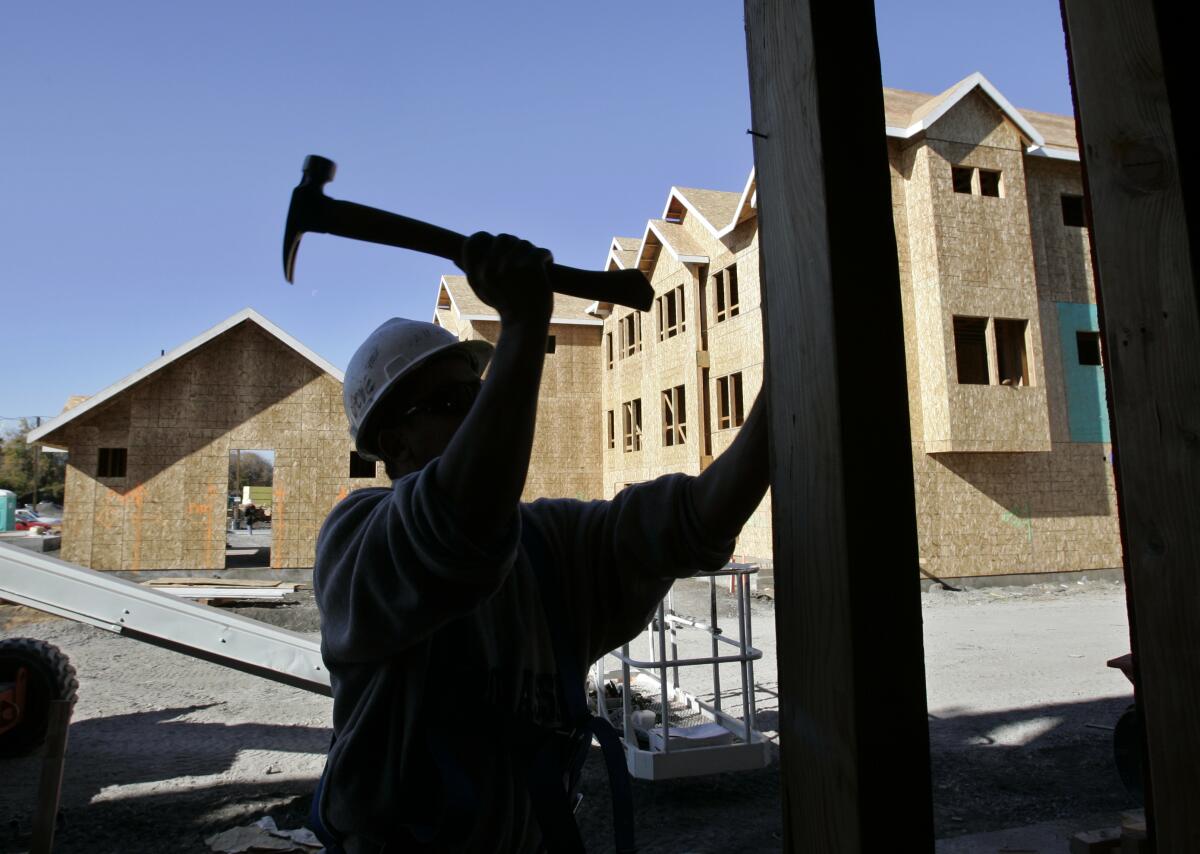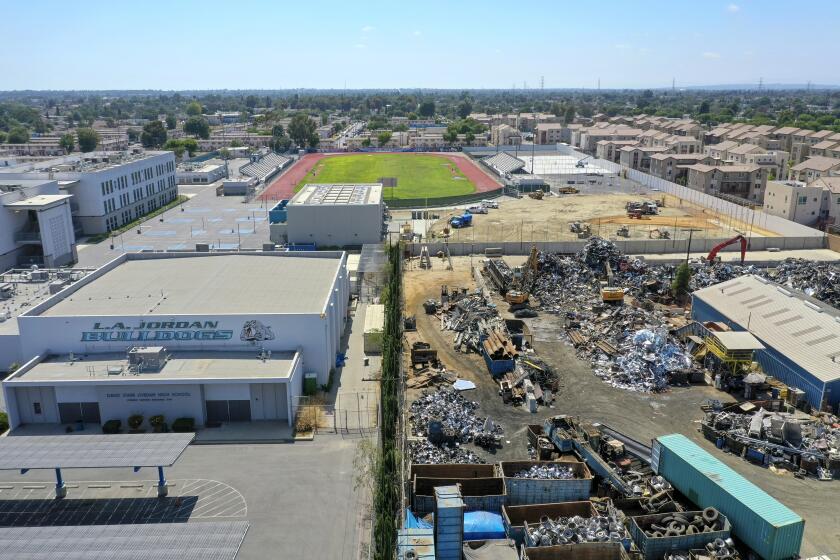U.S. wholesale inflation cooled in July in sign that price pressures are continuing to ease

Wholesale price increases in the United States eased in July, suggesting that inflation pressures are further cooling as the Federal Reserve moves closer to cutting interest rates, likely beginning next month.
The Labor Department reported Tuesday that its producer price index — which tracks inflation before it reaches consumers — rose 0.1% from June to July and 2.2% from a year earlier.
Excluding food and energy prices, which tend to fluctuate from month to month, so-called core wholesale prices were unchanged from June and up 2.4% from July 2023. The increases were milder than forecasters had expected and were nearly consistent with the Fed’s 2% inflation target.
The producer price index can provide an early sign of where consumer inflation is headed. Economists also watch it because some of its components, notably healthcare and financial services, flow into the Fed’s preferred inflation gauge — the personal consumption expenditures, or PCE, index.
On Wednesday, the Labor Department will release the most well-known inflation measure, the consumer price index. Forecasters have estimated that consumer prices rose 0.2% from June to July, after actually falling 0.1% the previous month, and 3% from July 2023, according to a survey by the data firm FactSet.
Inflation has plummeted since peaking at a four-decade high in mid-2022. But as Americans prepare to vote in the November presidential election, many remain unhappy with consumer prices, which are nearly 19% higher than they were before the inflationary surge began in the spring of 2021. Many have assigned blame to President Biden, though it’s unclear whether they will hold Vice President Kamala Harris responsible as she seeks the presidency.
In its fight against high inflation, the Fed raised its benchmark interest rate 11 times in 2022 and 2023, taking it to a 23-year high. From 9.1% in June 2022, year-over-year consumer price inflation has eased to 3%.
The U.S. jobs report for July, which was much weaker than expected, reinforced the widespread expectation that the Fed’s policymakers will begin cutting rates when they meet in mid-September to try to support the economy. The jobs report showed that the unemployment rate rose for a fourth straight month to 4.3%, still healthy by historical standards but the highest level since October 2021.
Over time, a succession of rate cuts by the Fed would likely lead to lower borrowing costs across the economy — for mortgages, auto loans and credit cards as well as business borrowing — and could also boost stock prices.
Wiseman writes for the Associated Press.
More to Read
Inside the business of entertainment
The Wide Shot brings you news, analysis and insights on everything from streaming wars to production — and what it all means for the future.
You may occasionally receive promotional content from the Los Angeles Times.






